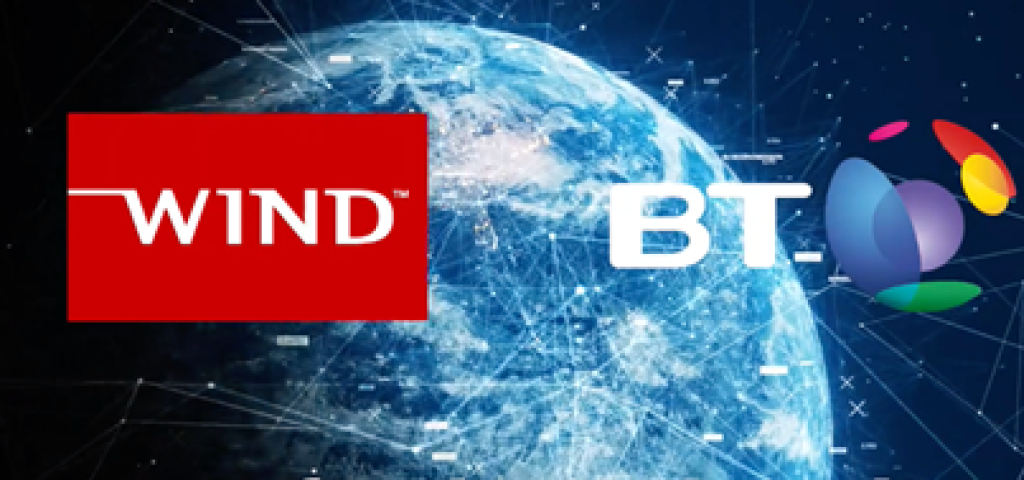
The Power of Edge Cloud Compute to Boost Your Bottom Line

If you missed SDN NFV World Congress in The Hague, you really need to check out this video.
Understanding the role of edge cloud computing in the future of telecommunications was a primary point of discussion at SDN & NFV World Congress. Central to the conversation was an Edge Cloud Compute proof of concept developed by BT and Wind River showcased in the Wind River booth.
In traditional networks, “application logic” typically resides either in a telco-provided, enterprise, or public cloud provider’s data center. In all cases the application logic is “far” from the end user device (in terms of latency), so traffic from that device may need to travel a long path to get to the server that it is trying to reach.
Many 5G applications will have low latency requirements which will require a wider choice of network locations for their logic. This is driving two new and very important capabilities in our networks:
- A very flexible cloud-based infrastructure that can be deployed at any network location
- Orchestration solutions that allow for dynamic placement of the functions or applications where needed and when needed
Operators like BT network are uniquely positioned to deploy cloud compute at the right edge locations to support 5G applications, while Wind River provides a secure, highly available software infrastructure platform that delivers extremely low latency on a very small footprint.
To enable such 5G use cases, we have developed a proof of concept involving B T, Wind River and other partners like Athonet and Akamai to help us unleash the business potential of edge cloud compute technologies.
Remote vehicle control and collision avoidance
Certain industrial operations such as ports or manufacturing sites may be looking to optimize their processes by having tele-operated vehicles across their sites, in order to streamline the movement of goods. We have performed a lab-based proof of concept to demonstrate how edge cloud compute can deliver the required low-latency and reliable communications in two use cases related to the automotive industry: remote vehicle control and car to car communication for collision avoidance.
For the first application, a person can control a vehicle from any location, since the controller and the vehicle are connected via a cellular network, using edge cloud compute to minimize the path between the two end points.
For this demo, we have deployed:
– a cellular base station,
– an edge cloud compute node using Wind River’s virtualized infrastructure solution, Titanium Cloud,
– a local traffic offload function provided by partner Athonet,
– and an application to enable remote car control, also deployed in the edge cloud compute node.
In the demonstration, the remote operator has fine control of the vehicle thanks to the low latency and reliability provided by the edge cloud compute solution, which enables a shortest possible path between car and controller, hence minimizing latency and maximizing reliability for the car control traffic.
For the second use case, two cars communicate with each other via the network in order to exchange real-time sensor data. In this particular example, a car can “broadcast” proximity to an obstacle to nearby cars, this information can be used by all cars in a platoon to break in time to avoid collision.
Using a similar configuration to that used in the previous demo, we have also demonstrated how we can assure minimal delay in the communication between multiple cars, which is crucial to ensure safety in this type of scenario.
Augmented and Virtual Reality
Another example, applicable to a different customer segment, is multi-player gaming using augmented reality. Again, we have performed lab-based demonstrations to investigate the impact that latency has on highly interactive games, in this case enabling two players to interact as if they were playing an in-person game at the same table without being affected by variable delays across the network.
The use of new technologies such as augmented, virtual or mixed reality is increasing in many environments including gaming and entertainment but also training or business-related applications.
The purpose of this demo is to show how, by using edge cloud computing, we can enable highly interactive applications where multiple people can participate on a joint session, for instance a game, without being affected by high or variable delays across the network. In this particular example two people are playing the famous game snap, two cards appear simultaneously on the screen and, if the two cards happen to be a match, the first person to shout “snap” or point to it on the screen, wins that hand.
For this demo, we have deployed:
– a cellular base station,
– an edge cloud compute node using Wind River’s virtualized infrastructure solution, Titanium Cloud,
– a local traffic offload function provided by partner Athonet,
– a cloud-based application running the snap game on our edge cloud compute node.
– two augmented reality endpoints, using HoloLens headsets, for the two players
As demonstrated, two players can interact as if they were playing on the same table, thanks to the low latency and reliability enabled by the edge cloud compute capability deployed for this proof of concept.
As previously mentioned this type of application could easily be adapted to any other purpose, including training or guiding a customer through a product set up or troubleshooting experience.

We expect that our ongoing research work will show that operator network assets, together with the right technologies from research partners like BT, Wind River, Athonet, Akamai and others can deliver a ready to deploy system with ultra-low-latency performance, rock solid security, and high reliability needed for edge applications to provide continual operations.
Watch the video or contact BT or Wind River today to learn more about the power of edge cloud compute technology to boost your bottom line by enabling you to deliver exciting new services to your customers faster.


